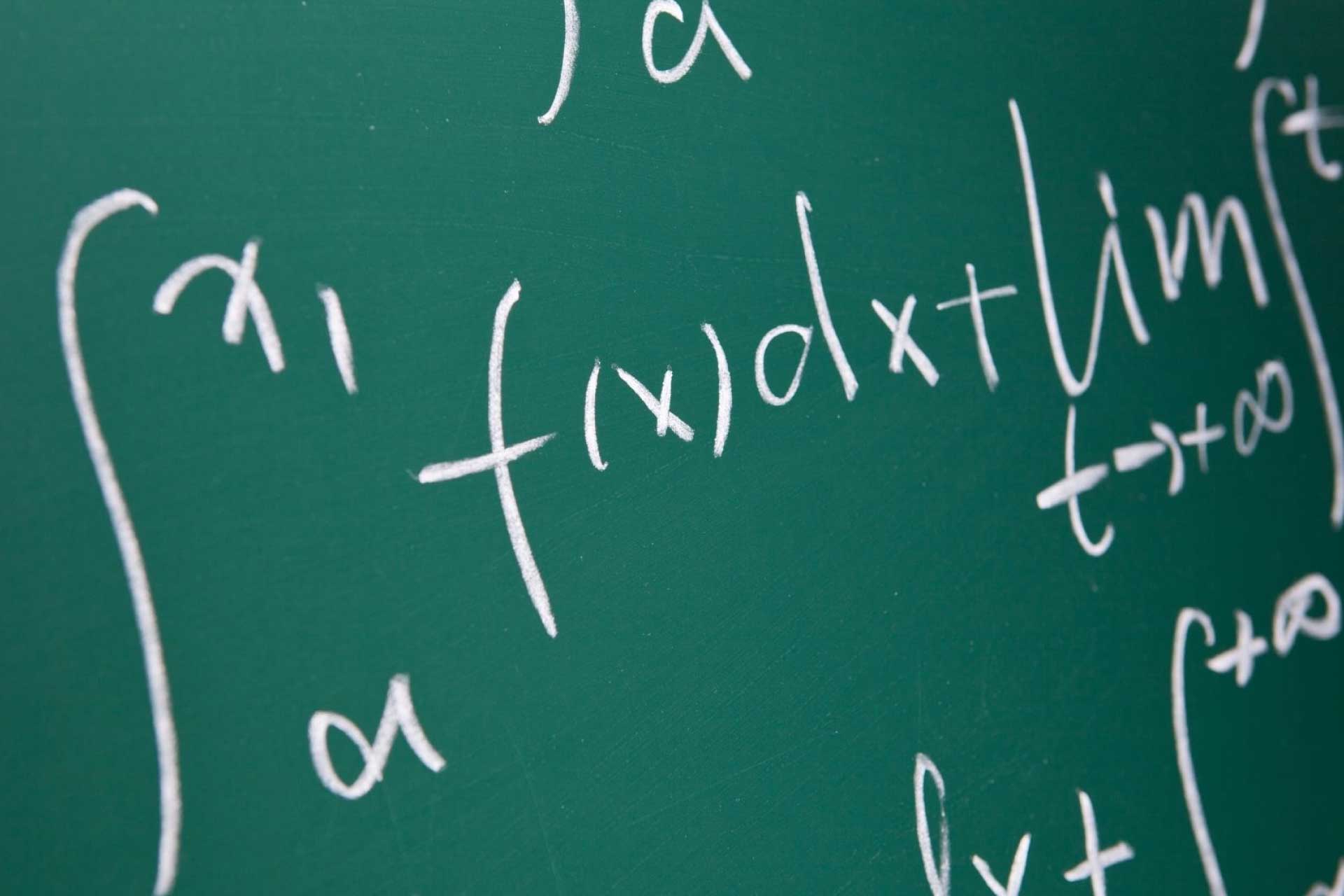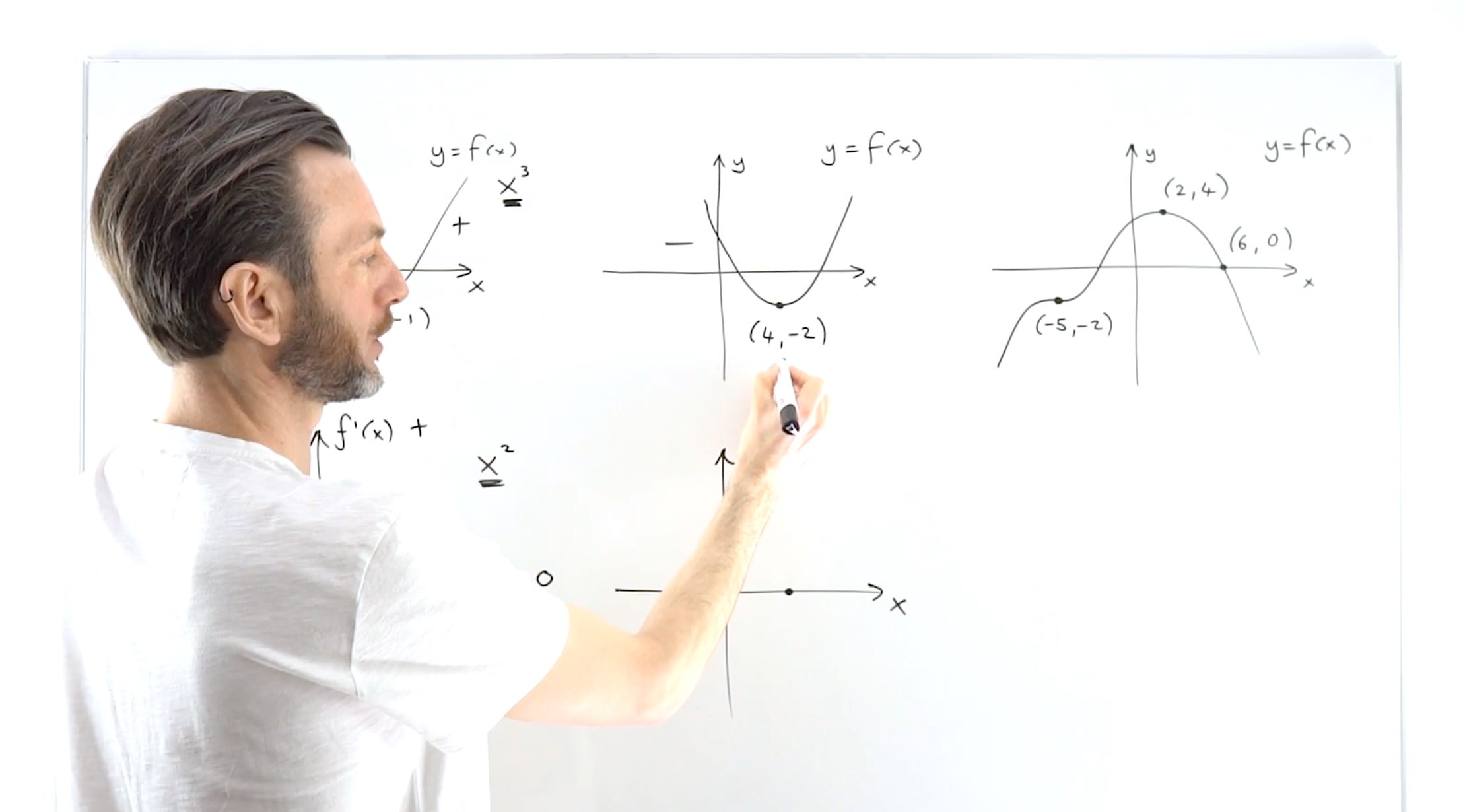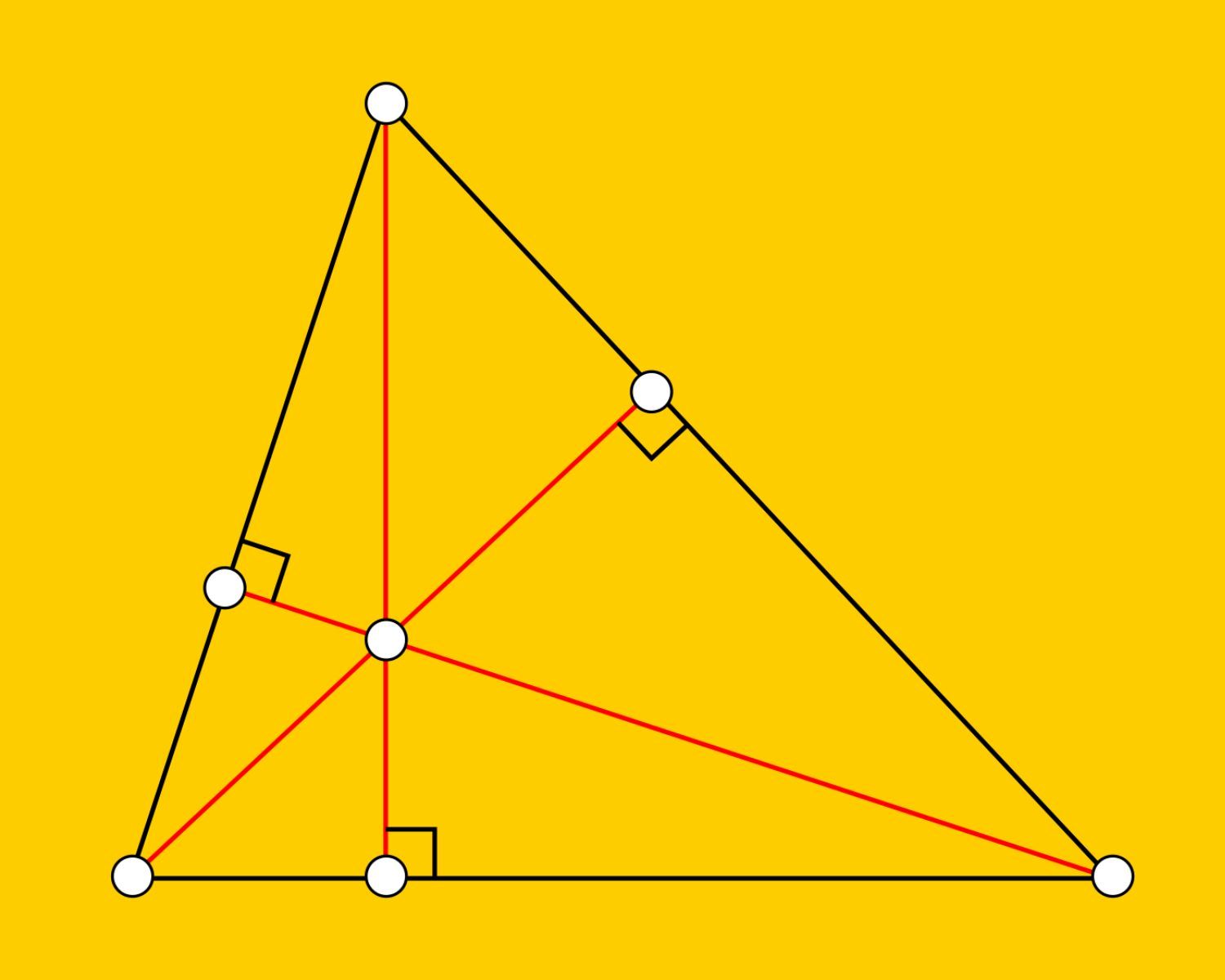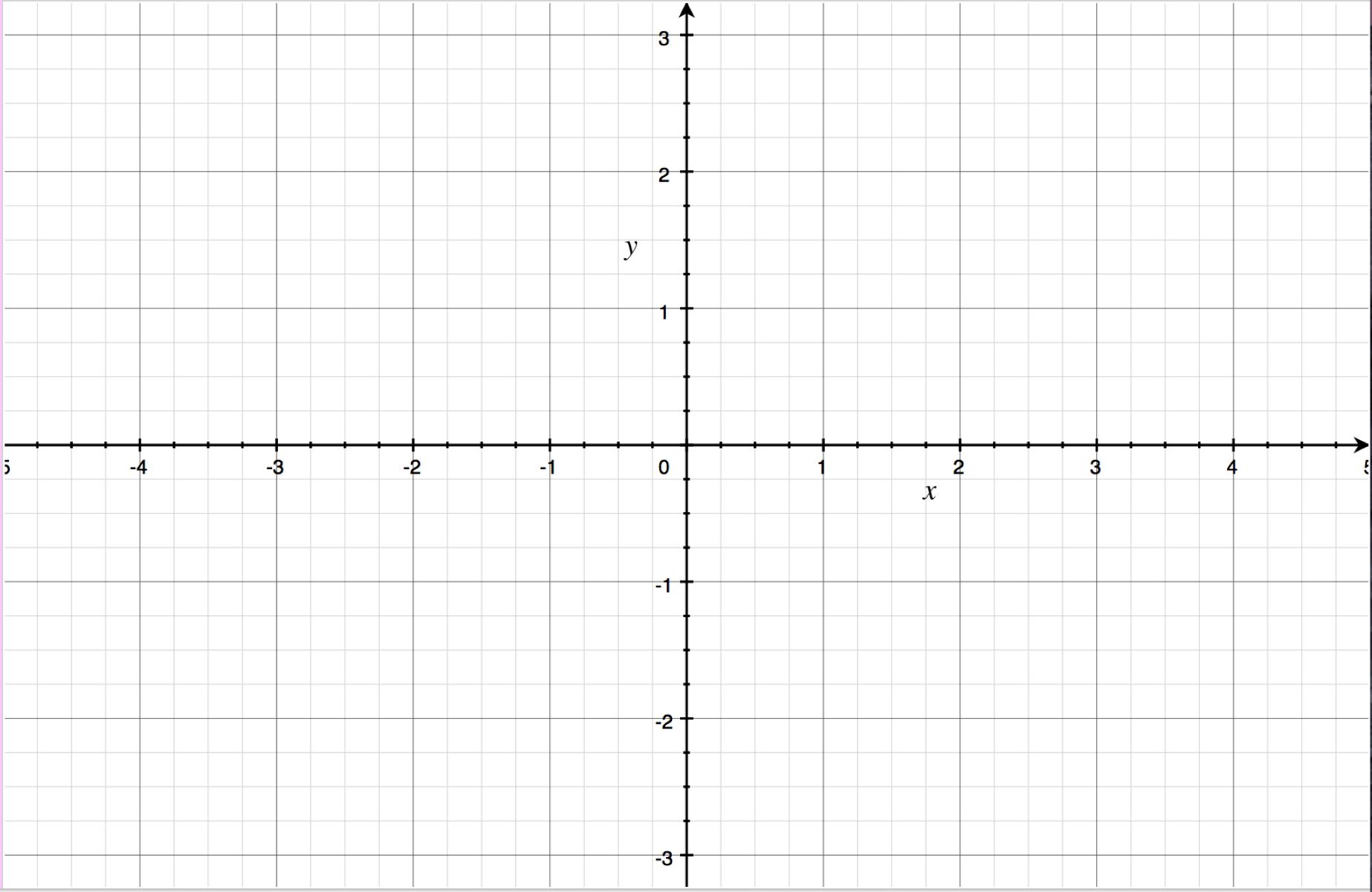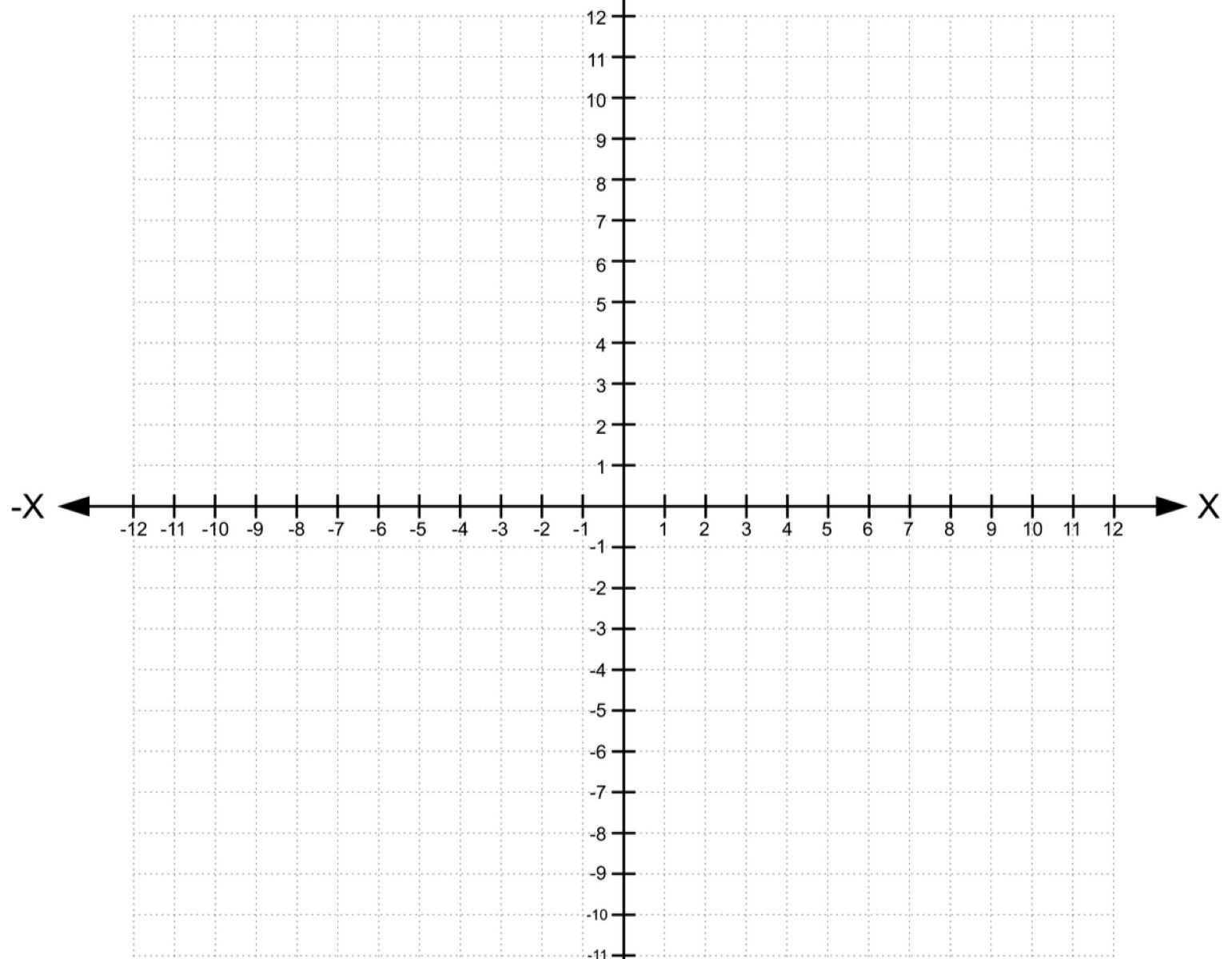

Education
How To Find The Derivative Of A Graph
Published: February 29, 2024
Learn how to find the derivative of a graph in this educational guide. Understand the principles of calculus and graph analysis to enhance your knowledge.
(Many of the links in this article redirect to a specific reviewed product. Your purchase of these products through affiliate links helps to generate commission for Regretless.com, at no extra cost. Learn more)
Table of Contents
Introduction
Understanding derivatives is a fundamental aspect of calculus, a branch of mathematics that explores the concepts of change and motion. In the realm of calculus, the derivative of a function represents the rate at which the function's output value changes with respect to its input variable. This concept is crucial in various fields, including physics, engineering, economics, and computer science, as it provides a powerful tool for analyzing and predicting the behavior of real-world phenomena.
In this article, we will delve into the process of finding the derivative of a graph, unraveling the steps involved and providing illustrative examples to solidify your understanding. By the end of this journey, you will gain a comprehensive grasp of this essential calculus concept, empowering you to confidently navigate the intricacies of derivatives and their applications.
Let's embark on this enlightening exploration, where we will unravel the mysteries of derivatives and equip you with the knowledge and skills to decipher the behavior of functions through the lens of calculus.
Understanding the Concept of Derivatives
The concept of derivatives lies at the heart of calculus, serving as a powerful tool for analyzing the behavior of functions and their rates of change. At its core, the derivative of a function represents the slope of the tangent line to the graph of the function at a specific point. This slope, in turn, provides crucial insights into how the function's output value changes concerning its input variable.
In essence, when we seek the derivative of a function, we are essentially determining how the function's output changes as its input varies. This fundamental concept enables us to comprehend the instantaneous rate of change of a function at any given point, shedding light on the function's behavior with unparalleled precision.
Moreover, the derivative embodies the concept of velocity in the context of motion, capturing the instantaneous speed of an object at a specific moment in time. This application of derivatives extends to various real-world scenarios, such as predicting the trajectory of a moving object or understanding the dynamics of complex systems.
Furthermore, derivatives play a pivotal role in optimizing functions, enabling us to identify maximum and minimum points on a graph. This has profound implications in fields such as economics, where the quest for maximizing profit or minimizing cost hinges on the principles of calculus and derivatives.
In essence, the concept of derivatives transcends the realm of mathematics, permeating diverse disciplines and offering a profound understanding of change and motion. By unraveling the intricacies of derivatives, we gain a powerful lens through which to perceive the dynamic nature of the world around us, empowering us to analyze, predict, and optimize with unparalleled precision.
Steps to Find the Derivative of a Graph
-
Identify the Function: The first step in finding the derivative of a graph is to identify the function represented by the graph. This function could be a polynomial, trigonometric, exponential, or logarithmic function, each with its unique characteristics and behavior.
-
Understand the Notation: Familiarize yourself with the notation used to denote derivatives. The derivative of a function f(x) is often denoted as f'(x) or dy/dx, where y represents the output of the function with respect to the input variable x.
-
Apply Differentiation Rules: Depending on the type of function, apply the appropriate rules of differentiation. For instance, the power rule is used for differentiating polynomial functions, while the chain rule comes into play when dealing with composite functions.
-
Calculate the Derivative: Utilize the differentiation rules to calculate the derivative of the function. This involves determining the rate of change of the function's output concerning its input variable, yielding valuable insights into the function's behavior.
-
Interpret the Derivative: Once the derivative is obtained, interpret its meaning in the context of the original function and the graph. The derivative provides crucial information about the function's slope at various points, shedding light on its increasing, decreasing, or constant behavior.
-
Analyze Critical Points: Identify critical points on the graph by locating the x-values where the derivative is zero or undefined. These points correspond to potential maximum, minimum, or inflection points on the original graph, offering valuable insights into its behavior.
-
Graph the Derivative: Visualize the derivative function by plotting its graph, showcasing the slopes of the tangent lines to the original function's graph at different points. This graphical representation provides a deeper understanding of the original function's behavior and its rate of change.
-
Utilize Derivatives for Analysis: Leverage the derivative to analyze the original function's behavior, such as identifying intervals of increase or decrease, determining concavity, and pinpointing extreme points. This analytical prowess empowers you to unravel the intricacies of the function's dynamics with precision.
By following these systematic steps, you can effectively find the derivative of a graph, unraveling the underlying patterns and behaviors encoded within the function's mathematical representation. This process equips you with a powerful tool for understanding change, motion, and optimization, transcending the realm of mathematics to permeate diverse fields and real-world phenomena.
Example Problems
To solidify our understanding of finding the derivative of a graph, let's delve into a series of example problems that showcase the application of differentiation rules and the interpretation of derivatives in the context of various functions.
Example 1: Polynomial Function
Consider the polynomial function f(x) = 2x^3 – 3x^2 + 4x – 1. To find the derivative of this function, we apply the power rule, which states that the derivative of x^n is n*x^(n-1). By applying this rule to each term of the polynomial function, we obtain f'(x) = 6x^2 – 6x + 4. This derivative function represents the instantaneous rate of change of the original polynomial function at any given point, capturing the slope of the tangent line to the graph of f(x).
Read more: How To Graph A Parabola
Example 2: Trigonometric Function
Let's explore the trigonometric function g(x) = sin(x). To find the derivative of this function, we leverage the differentiation rule for sine functions, which yields g'(x) = cos(x). This derivative function signifies the rate of change of the sine function, showcasing how its output value varies concerning the input variable x. The derivative g'(x) provides insights into the instantaneous slope of the sine function's graph, shedding light on its oscillatory behavior.
Example 3: Exponential Function
Now, consider the exponential function h(x) = e^x, where e represents the base of the natural logarithm. By applying the differentiation rule for exponential functions, we find h'(x) = e^x. This derivative function encapsulates the instantaneous rate of change of the exponential function, elucidating how its output value evolves with respect to the input variable x. The derivative h'(x) unveils the exponential function's remarkable property of maintaining its own rate of change, a defining characteristic of exponential growth.
Example 4: Logarithmic Function
Lastly, let's examine the logarithmic function k(x) = ln(x), where ln denotes the natural logarithm. By applying the differentiation rule for logarithmic functions, we derive k'(x) = 1/x. This derivative function embodies the instantaneous rate of change of the logarithmic function, showcasing how its output value responds to variations in the input variable x. The derivative k'(x) unveils the logarithmic function's unique behavior, characterized by diminishing rates of change as x increases.
By navigating through these diverse examples, we gain a profound understanding of how to find the derivative of various functions, unraveling the intricate relationships between the original functions and their derivatives. This journey equips us with the analytical prowess to interpret the behavior of functions through the lens of calculus, empowering us to discern the nuances of change, motion, and optimization with precision.
Conclusion
In conclusion, the journey through the process of finding the derivative of a graph has illuminated the profound significance of derivatives in the realm of calculus and beyond. By unraveling the intricacies of differentiation, we have gained a powerful tool for understanding the dynamic nature of functions, capturing their rates of change and unveiling the underlying patterns encoded within their mathematical representations.
The concept of derivatives transcends the confines of mathematics, permeating diverse fields and real-world phenomena with its analytical prowess. From predicting the trajectory of moving objects to optimizing complex systems, derivatives serve as a cornerstone for analyzing, predicting, and optimizing with unparalleled precision.
Through a systematic approach encompassing the identification of functions, application of differentiation rules, interpretation of derivatives, and graphical visualization, we have navigated the process of finding the derivative of a graph with clarity and precision. This journey has equipped us with the analytical prowess to discern the behavior of functions, identify critical points, and analyze their dynamics with unparalleled insight.
The example problems further solidified our understanding, showcasing the application of differentiation rules in the context of polynomial, trigonometric, exponential, and logarithmic functions. By delving into these diverse examples, we have unveiled the profound relationships between original functions and their derivatives, gaining a deeper appreciation for the intricate interplay of change, motion, and optimization encapsulated within mathematical functions.
As we conclude this enlightening exploration, we emerge with a profound understanding of derivatives as a powerful lens through which to perceive the dynamic nature of the world around us. Armed with this knowledge, we are empowered to analyze, predict, and optimize with precision, transcending the boundaries of mathematics to illuminate the path toward a deeper comprehension of change and motion.
In essence, the journey of finding the derivative of a graph has not only equipped us with a fundamental understanding of calculus but has also instilled within us a profound appreciation for the pervasive influence of derivatives in diverse disciplines. As we venture forth, let us harness the analytical prowess bestowed upon us by derivatives, unraveling the mysteries of change, motion, and optimization with unwavering clarity and precision.
